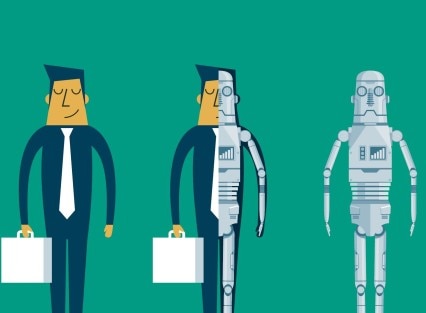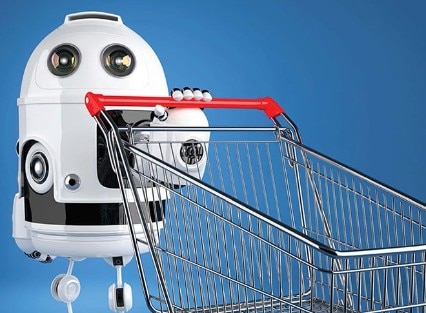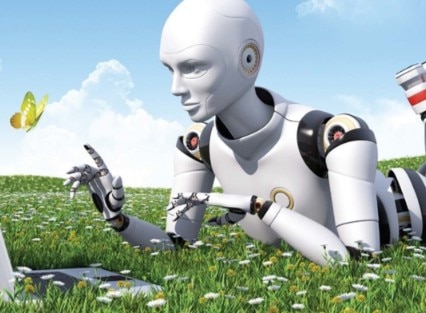"These are the players with or without a scorecard - in one corner a machine, and in the other one Wallace V. Whipple, man. And the game, it happens to be the historical battle between flesh and steel, between the brain of man and the product of man's brain. We all may book on this one and predict no winner, but we can tell you for this particular contest, there is standing room only, in the twilight zone." — Rod Serling
In the world of manufacturing, the majority of automation to date has been viewed as something that helped get the job done more efficiently. The Industrial Revolution created vast employment for low-skilled workers with the adoption of the assembly line and workers adapted by making their skills complementary to the arrival of new technologies. Despite an increasing amount of automation being added to the factory floor over the past two decades, humans are still required to work with the robots and in most cases still do the final assembly.
But this time is different. Recent technological developments have been helpful to workers and consumers, but the economic benefits of these developments haven’t been widely shared. Productivity has increased globally but real median wages have stagnated in many OECD countries leading to significant declines in labor's share of GDP. Inequality has widened, with the top 1% income share more than doubling in the past three decades amid a decline in employment in traditional middle-income jobs accompanied by a structural shift in the labor market. Workers have reallocated to low-income jobs hitherto less susceptible to automation, further worsening income inequality.
The upcoming digital age may cause more upheaval than previous technological revolutions as it is happening faster than before and is fundamentally changing the way we live and work. Technology in the 21st century is enabling the automation of tasks once thought quintessentially human: cognitive tasks involving subtle and non-routine judgment. Through big data, the digitization of industries, the Internet of Things and industrial and autonomous robots, the world around us is changing rapidly as is the nature of work across occupations, industries and countries. Although we can’t predict exactly which jobs will be affected, we do have a reasonably good idea about the type of tasks computers will be able to perform in the near future. Based on this, Carl Benedikt Frey and Michael Osborne predict that 47% of the U.S. workforce is at high risk of automation as a result of these trends and low-income and low-skill jobs are now, for the first time, most likely to be automated.
In order to avoid disruption and upheaval from the digital age, countries need to understand the direction and pace of technological change and plan for the long term. To make growth inclusive again a shift in mindsets about labor market policy, tax reform, public investment and education is essential.


